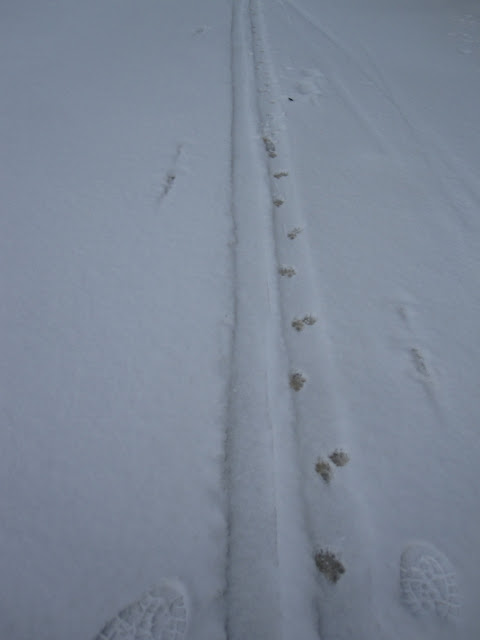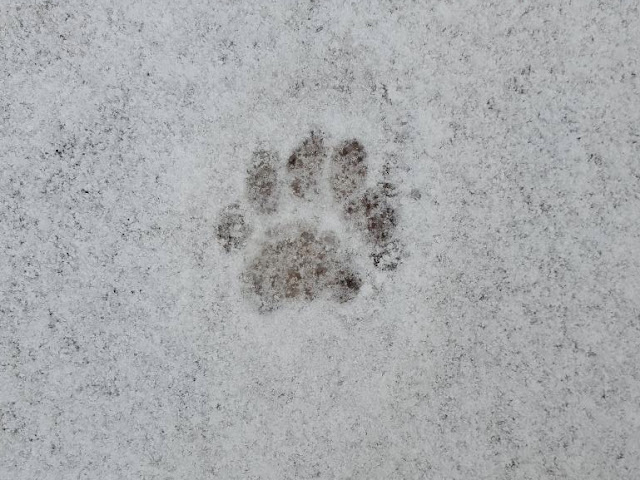If you have ever walked the trails of the Hamlin-Eames conservation area, you have walked in the path of Peter Miller. If you have enjoyed the produce of Picnic Rock (Longridge Farm) you have reaped the benefits of Peter's work. Peter Miller was a tireless conservationist who, among his many conservation projects, wrote the grants that secured the funding to conserve Picnic Rock and the Eames Wildlife Area, and he personally spent hundreds of hours in the Hamlin forest searching out the best views, the most interesting features, and the best way to route trails to experience them all. I believe it was Peter who discovered the 450 year old black gum tree high up on the ridge near the White Mountain Ledge. Peter Passed away on January 2nd from complications related to COVID; he will be greatly missed. You can read his obituary here.
 |
| Peter Miller, 1942 - 2021 |
Of course, the impact of conservation efforts is to ensure there will be wild spaces for the generations that will come after us. We can't imagine what central New Hampshire will look like in 50 or 500 years, but we can trust that protected land will provide at least some green space for wildlife and humans alike. And even today we can enjoy experiencing nature. Several people sent me photos of their own observations of wildlife this week, including this very nice example of a fox track on Lake Wicwas (thank you NC!).
 |
| Fox tracks in the snow. Photo by Neil Crimins. |
This is a beautiful example of what's called a c-gallop, created when a fox is moving along at a pretty good clip - a gallop, but not full speed.
When a fox trots, it leaves a precise, linear track, with each hind foot falling exactly on top of where its front foot landed, a trait known as "direct registering". Fox are so precise in their travel that I have followed a track, for a long distance, only to suddenly have it split into two tracks, and then return to one. The explanation is that two foxes, most certainly a mating pair, were traveling together, with the second animal stepping exactly in the tracks of the lead fox.
 |
| A linear fox trot. |
As a fox increases its rate of travel this line will change into sets of four diagonal prints; faster still, into a lope which creates the curved set of four tracks. At yet higher rates, it becomes a gallop where the hind feet land in front of the front feet within each set of four prints.
 |
| The larger prints below are from the front feet, the smaller rear prints are above. |
The front paws are larger than the rear due to the fact that a fox carries most of its weight on its front legs.
Eventually, at a full speed gallop, the tracks again return to a straight line. But the fox is a very efficient animal, and most often I see the energy-efficient track of a trot. Efficiency also explains why they place one foot directly in the print of another, and why two foxes will follow exactly in the other's footprints. Here's another example of efficiency: It never fails that when a fox comes upon a ski track, it will jump right in and take advantage of easier travel.
 |
| Following along in a ski track. |
Someone else sent me a picture of a bobcat print (thank you LH!).
 |
| A very nice bobcat print. Photo by Linda Hammill. |
Fox and bobcat prints can be hard to differentiate, but in this clear print you can see the distinguishing features: a round print versus the elongated print of a fox, and a lack of toenail imprints, as cats can retract their claws. You may have noticed this print has too many toes. Why? The bobcat is also a direct registering animal!
On the subject of differentiating prints, I saw a nice example of fox versus coyote tracks on the lake this week as both animals passed through the marsh behind Sheep Island.
 |
| Coyote on left, fox on right. |
The larger size of the coyote print is evident, as are the toenail imprints in both animals' tracks.
 |
| Here's a foot for scale. |
We are so fortunate to have the wild spaces that let us experience these animals. When you're exploring the forests, fields, and lakes in Meredith and you see the signs of fox, moose, fisher, mink, and the many other animals that find comfort there - including humans - remember Peter.
 |
| Sunrise on Crockett's Ledge, Hamlin Conservation Area. |
No comments:
Post a Comment